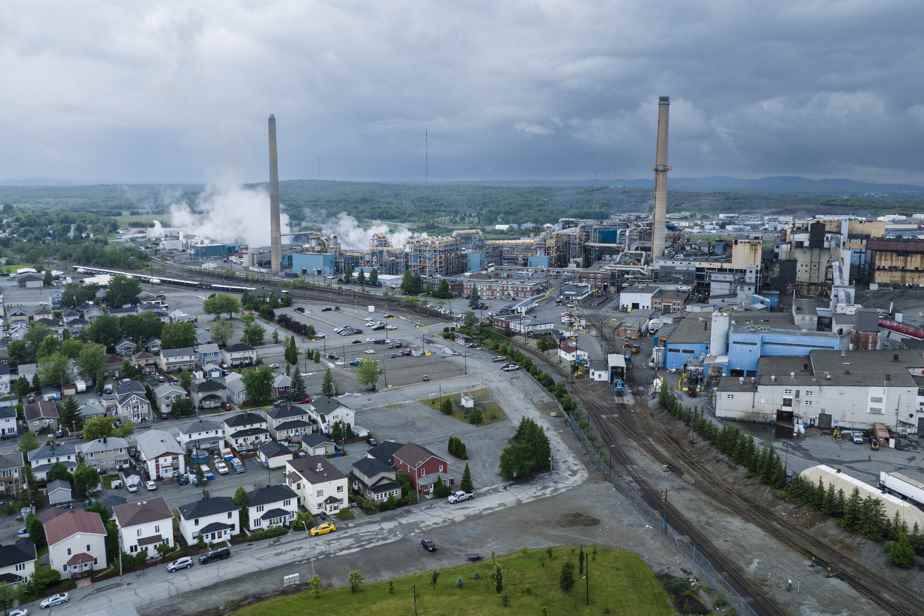The concentration of arsenic in the air of Rouyn-Noranda resulting from emissions from the Horne Smelter must be limited to 15 nanograms per cubic meter (ng/m3) within five years, announced Quebec on Monday.
Posted at 11:07 a.m.
Updated at 1:40 p.m.
The new threshold, almost seven times lower than the current limit of 100 ng/m3must be reached “at the end of the period covered by the renewal of the authorization [ministérielle] of the establishment, indicated the Ministry of the Environment and the Fight against Climate Change (MELCC).
“This would be an important first step towards bringing it into compliance with the Quebec standard of 3 ng/m3 “, indicates the ministry in a press release issued on the sidelines of the announcement made by Minister Benoit Charette.
The MELCC thus stands behind the recommendation made on August 10 by Public Health.
However, it gives the Horne Foundry, which belongs to the multinational Glencore, a longer period of adaptation than that desired in particular by the committee Stopping discharges and toxic emissions (ARET), which wanted the threshold of 3 ng/m3 to be achieved within five years.
More details to come.
Learn more
-
- 1170ng/m3
- Record level of arsenic in the air recorded in 2021 near the Horne Foundry
source: Ministry of the Environment and the Fight against Climate Change
- 1927
- Year of the beginning of the activities of the Horne Smelter, which also had a mine until 1976
source: Horne Foundry

